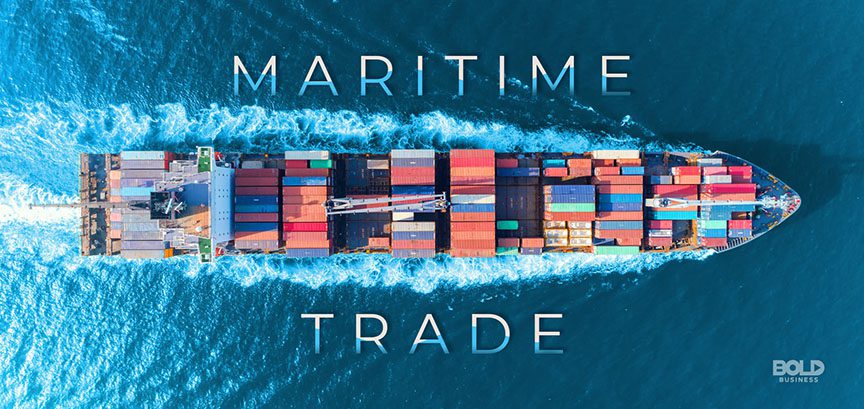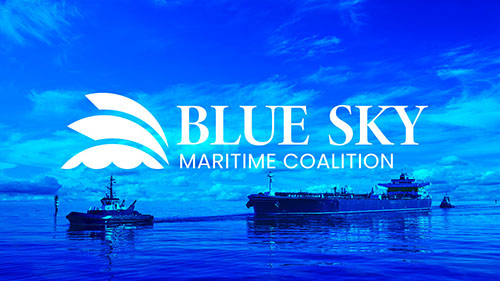1. Port and Terminal Information
1.1 Zhenjiang Port operates 24/7 with the following terminals (Zhenjiang Port Authority 2024 Handbook):
– Zhenjiang New Century Terminal:
• Max draft 12.5m (verified by Port Authority Notice 2023-05)
• LOA restriction 230m
• 4×40-ton gantry cranes
• Dedicated coal berth with 5,000 MT/hour capacity
– Gaozi Terminal:
• IMDG certified berths (No.5-7)
• Class 1 explosives handling requires special permit
• 24/7 fire patrol during dangerous cargo operations
– Longmen Terminal:
• Ro-Ro facility with 150-ton ramp capacity
• Max vehicle height 4.5m
• Daily capacity: 500 vehicles
1.2 Tidal information:
– Datang Gauge (WGS-84):
• Minimum navigation tide: 2.1m
• Max tidal range: 3.8m (spring tides)
– Real-time tide updates via VHF Ch 16 or Port Control app
1.3 New regulations (2024):
– Mandatory E-Port cargo securing declaration (MSA Circular 2023-18)
– Digital port clearance system implementation (effective March 2024)
2. Navigation and Pilotage
2.1 Pilotage requirements:
– Mandatory zone starts at #12 Fairway Buoy (32°14’12″N 119°26’35″E)
– Typhoon season (July-Sept) boarding area moves to Ma’anshan Anchorage
– Pilot transfer:
• Daytime: Max wave height 2.5m
• Nighttime: Max wave height 1.5m
2.2 Channel information:
– Main channel: 10.5m CD maintained depth
– Branch channels:
• Jiangxinzhou: Silting issues – confirm depth before transit
• Zhenyang Channel: Max draft 8m for vessels >150m LOA
– Dredging schedule published weekly on MSA website
2.3 Navigation restrictions:
– Vessels >200m must submit turning circle calculations 72hrs prior
– Night transit prohibited for Class 1 explosives (MSA Safety Rule Art.29)
– Speed limit: 8 knots within port limits
3. Anchorage Regulations
3.1 Designated anchorages:
– Ma’anshan Anchorage (32°11’30″N 119°24’00″E):
• Capacity: 10 vessels
• Max stay: 72 hours
• Bottom: Mud/clay (Admiralty Chart 1235)
– Jiangxinzhou Emergency Anchorage:
• Port Master approval required
• Priority for vessels in distress
– Western VLCC Anchorage (32°09’45″N 119°22’30″E):
• Depth: 15m
• Max LOA: 330m
3.2 Prohibited areas:
– 500m from Yangtze River Bridge cables (32°12’18″N 119°25’42″E)
– 1nm from submarine pipeline (marked by yellow buoys)
– 0.5nm from LNG terminal exclusion zone
4. Cargo Operations
4.1 Bulk cargo:
– Grain:
• Fumigation certificate required 24hrs pre-loading
• Dust suppression systems mandatory
• Max loading rate: 8,000 MT/day (New Century Terminal)
– Coal:
• Spontaneous combustion monitoring required
• Water spraying during loading
4.2 IMDG cargo:
– Submission requirements:
• Stowage plan 48hrs in advance to msa-zj@msa.gov.cn
• Emergency response plan for Class 3-8
– Storage requirements:
• Class 2.1: Deck storage only
• Class 4.1: Temperature monitoring
• Class 5.1: Segregation from acids
4.3 Container operations:
– Equipment:
• Twin-lift for boxes >30 tons
• Reefer plugs: 400 available at New Century Terminal
– Hazardous containers:
• Max 6 rows from deck edge
• Special stowage for Class 2.2 refrigerated gases
5. Safety Management
5.1 Port State Control:
– 2023 statistics (Zhenjiang MSA):
• Inspection clearance: 98.6%
• Top deficiencies:
› Fire dampers (23%)
› Nautical publications (17%)
› IMDG documentation (12%)
5.2 Emergency contacts:
– VHF Ch 16/69 (Port Control)
– MRCC Nanjing: +86 25 8357 9995
– Spill response: +86 511 8533 9110 (Port Authority)
– Medical emergency: +86 511 8531 1200 (Port Clinic)
5.3 Operational safety:
– Gangway requirements:
• Nets mandatory for >3m freeboard
• Max angle 30 degrees
– Emergency preparedness:
• Monthly drills recorded in logbook
• Muster list posted in 5 locations
6. Environmental Compliance
6.1 Ballast water:
– Exchange prohibited within 12nm
– Reporting to MSA 24hrs before discharge
– Sampling on 20% of vessels (2024 target)
6.2 Air emissions:
– Fuel requirements:
• 0.1% sulfur cap enforced
• Bunker delivery note verification
– Shore power:
• Available at Berths 1-3 (50Hz/6.6kV)
• Mandatory for vessels >5,000GT from 2025
6.3 Waste management:
– Reception facilities:
• Oily waste: 300m³/day capacity
• Garbage: Segregated containers required
– Plastic ban enforcement:
• Single-use plastics prohibited
• Recycling records mandatory
7. Special Notices
7.1 Weather precautions:
– Fog season (March-April):
• 18% operational hours with <1000m visibility
• Radar-assisted berthing required
– Typhoon season:
• Contingency plans filed May-October
• Special mooring arrangements for >10,000GT vessels
7.2 Regulatory updates:
– AIS-SART mandate:
• Required for >10,000GT by July 2024
• Testing during each port call
– Electronic documentation:
• eBL accepted for all cargo
• Digital crew lists mandatory
7.3 Crew matters:
– Medical services:
• Port Clinic: 24/7 service
• Evacuation within 2hrs guaranteed
– Crew changes:
• 72hr notice to Immigration
• COVID protocols still applicable
8. Additional Operational Notes
8.1 Bunkering services:
– Available at dedicated berth (Gaozi Terminal Berth 8)
– Max flow rate 500m³/hour
– Sampling by independent surveyor required
8.2 Fresh water supply:
– All berths equipped with potable water connections
– Chlorination certificate available on request
– Max pressure 3.5 bar
8.3 Port services:
– Tug availability:
• 4×3,200HP ASD tugs
• 2×5,000HP for VLCCs
– Line handling:
• Synthetic ropes prohibited
• Minimum breaking strength: 125% of MBL





